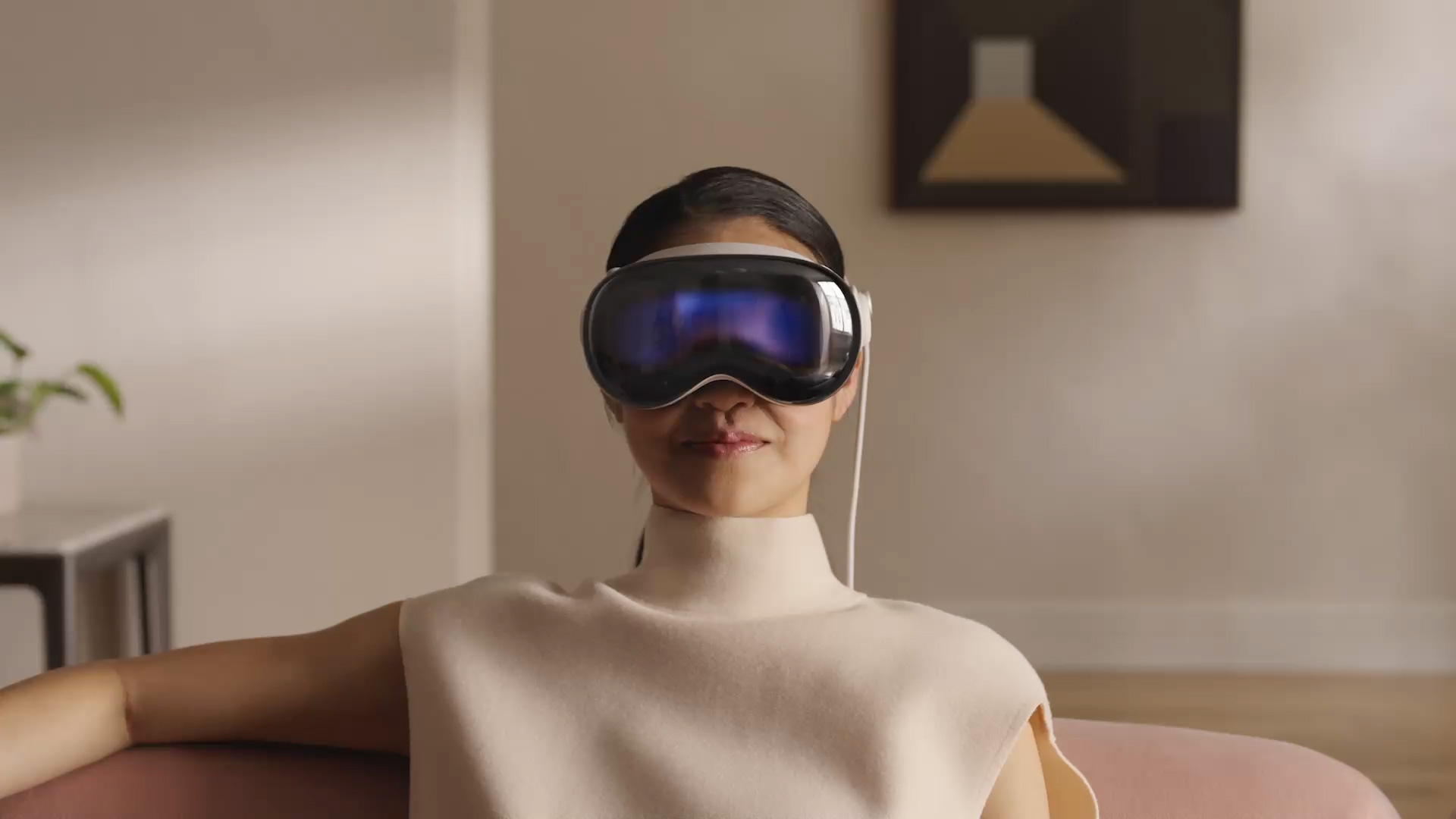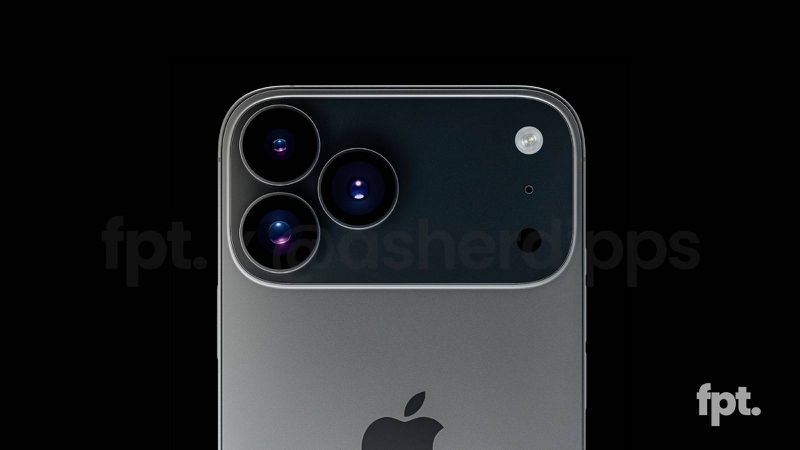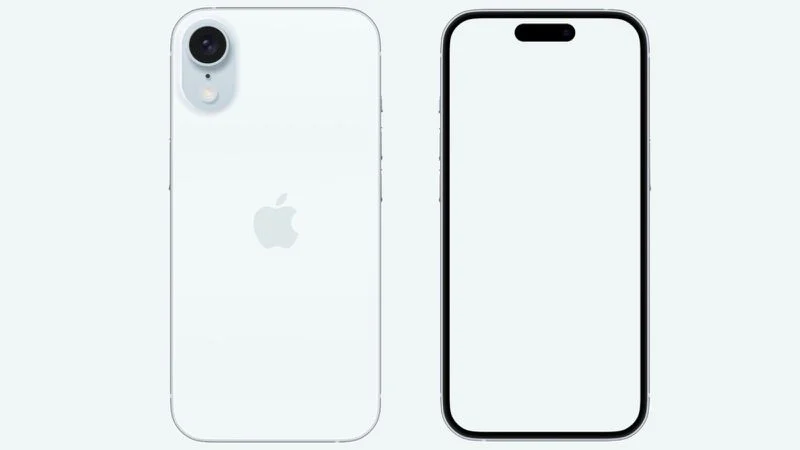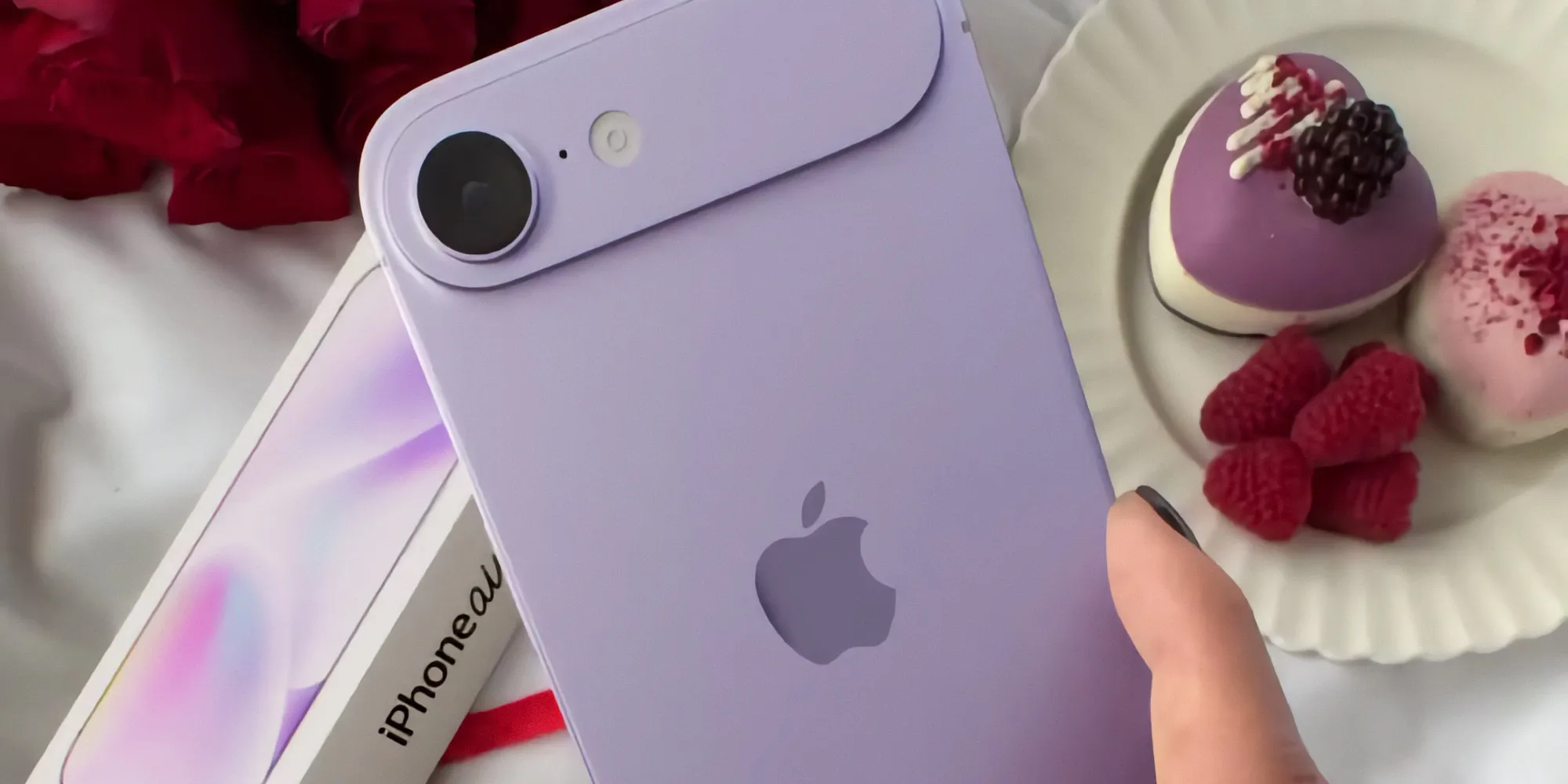Apple is gearing up to release a new version of the AirTag around May or June this year, according to a tip from a leaker called Kosutami. This matches what Bloomberg’s Mark Gurman hinted at earlier, saying a fresh AirTag would drop sometime in mid-2025.
Here’s a quick look at three exciting updates rumored for the AirTag 2:
First, it’s said to come with a new Ultra Wideband chip, giving it a tracking range up to three times better than the current AirTag. This tech-first showed up in the iPhone 15 and Apple Watch Ultra 2. On newer iPhones like the 15 and 16, there’s a handy feature called Precision Finding for People, which helps you spot friends in busy places from as far as 200 feet (about 60 meters) away.
Next, the AirTag 2’s speaker might be tougher to mess with or take out, making it harder for anyone to misuse it and boosting safety. Finally, the word is it’ll work even better with the Apple Vision Pro, though details on that are still fuzzy. The first AirTag hit the scene at an Apple Event in April 2021. In the U.S., one costs $29, or you can grab four for $99.
Kosutami is mostly known for collecting early Apple prototypes, but they’ve been right about some big reveals before. For instance, they nailed it when they said the iPhone 16 Pro would have a metal-wrapped battery way ahead of its launch.
That said, their guess last August about the new AirPods Pro coming “soon” didn’t happen—AirPods Pro 3 is still a no-show. In a fresh update today, Kosutami hinted again at new AirPods Pro and some smart home goodies from Apple. The company’s expected to roll out a brand-new smart home hub this year, plus there’s talk of a Face ID doorbell and a home camera possibly coming in 2026 or beyond.









